Industrial Union Department v. American Petroleum Institute 448 U.S. 607 (1980)

Quick Summary
OSHA cut the benzene limit from 10 ppm to 1 ppm. But it did not first prove that the old level created a significant risk of harm. The Supreme Court said: you cannot tighten a standard just to be safe. You must show the risk and support the rule with substantial evidence.
Result: OSHA’s 1 ppm rule fell. Agencies need proof of necessity, not just caution, before imposing strict exposure limits.
Issues
- Did OSHA exceed its authority by setting 1 ppm without proving significant risk?
- Did OSHA show substantial evidence that the new limit was reasonably necessary?
Rules
- Significant Risk: OSHA must find a significant risk of material health harm at existing levels.
- Substantial Evidence: The standard must rest on solid record evidence, not speculation.
- Section 3(8) OSH Act: Standards must be reasonably necessary or appropriate to ensure safe and healthful employment.
Facts (Timeline)

Arguments
Appellant (Industrial Union Dept.)
- Lower limit protects workers from cancer risk.
- Precaution is justified in safety regulation.
- Agency has expertise to set protective limits.
Respondent (API)
- No showing of significant risk at 10 ppm.
- Record lacks substantial evidence for 1 ppm.
- OSHA cannot regulate without proof of necessity.
Judgment
The Supreme Court held that OSHA overstepped. Without a supported finding of significant risk, and without substantial evidence that 1 ppm was reasonably necessary or appropriate, the rule could not stand.
Congress did not give OSHA unlimited power. There must be a proven link between exposure levels and risk. The Court affirmed the Court of Appeals and set aside the 1 ppm standard.

Ratio Decidendi
An OSHA standard is valid only if the agency first finds a significant risk at existing levels and then adopts a limit that is supported by substantial evidence as reasonably necessary to reduce that risk.
Why It Matters
- Sets a check on agency power—evidence before action.
- Promotes science-based health rules, not fear-based limits.
- Still protects workers by demanding proof of real risk.
Key Takeaways
- OSHA must find significant risk at current levels.
- New limits need substantial evidence of necessity.
- Precaution alone is not enough for strict standards.
Mnemonic + 3-Step Hook
Mnemonic: “Prove Risk, Then Fix.”
- Point: Find significant risk first.
- Apply: Choose a limit backed by solid evidence.
- Decide: If proof is thin, the rule falls.
IRAC Outline
Issue: Can OSHA set 1 ppm without proving significant risk at 10 ppm?
Rule: Standards need a finding of significant risk and substantial evidence; they must be reasonably necessary or appropriate.
Application: Record lacked proof of risk at old level; evidence did not justify 1 ppm.
Conclusion: Standard invalid; Court affirmed the set-aside.
Glossary
- Significant Risk
- A real, non-trivial danger of health harm at current exposure levels.
- Substantial Evidence
- Enough reliable data in the record to reasonably support the standard.
- Reasonably Necessary
- A standard that fits the proven risk and is appropriate to reduce it.
Student FAQs
Related Cases
American Textile Mfrs. Inst. v. Donovan (1981)
Standard-setting and feasibility in OSHA rules.
OSHA StandardsWhitman v. American Trucking (2001)
Nondelegation and limits on agency discretion.
Agency PowerShare
Related Post
Tags
Archive
Popular & Recent Post


























































































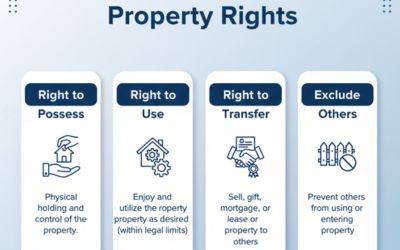
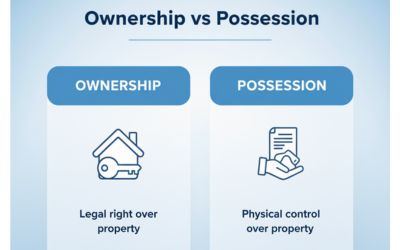






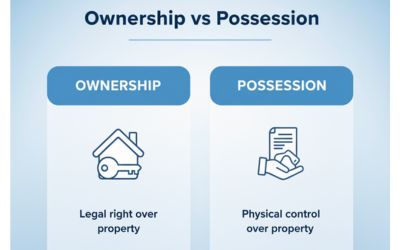

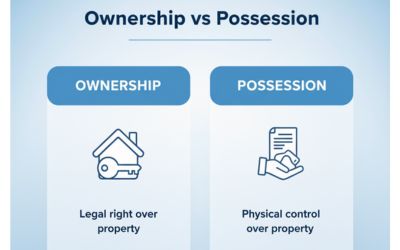




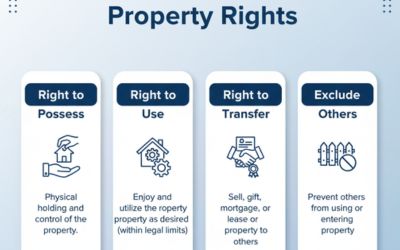































































Comment
Nothing for now